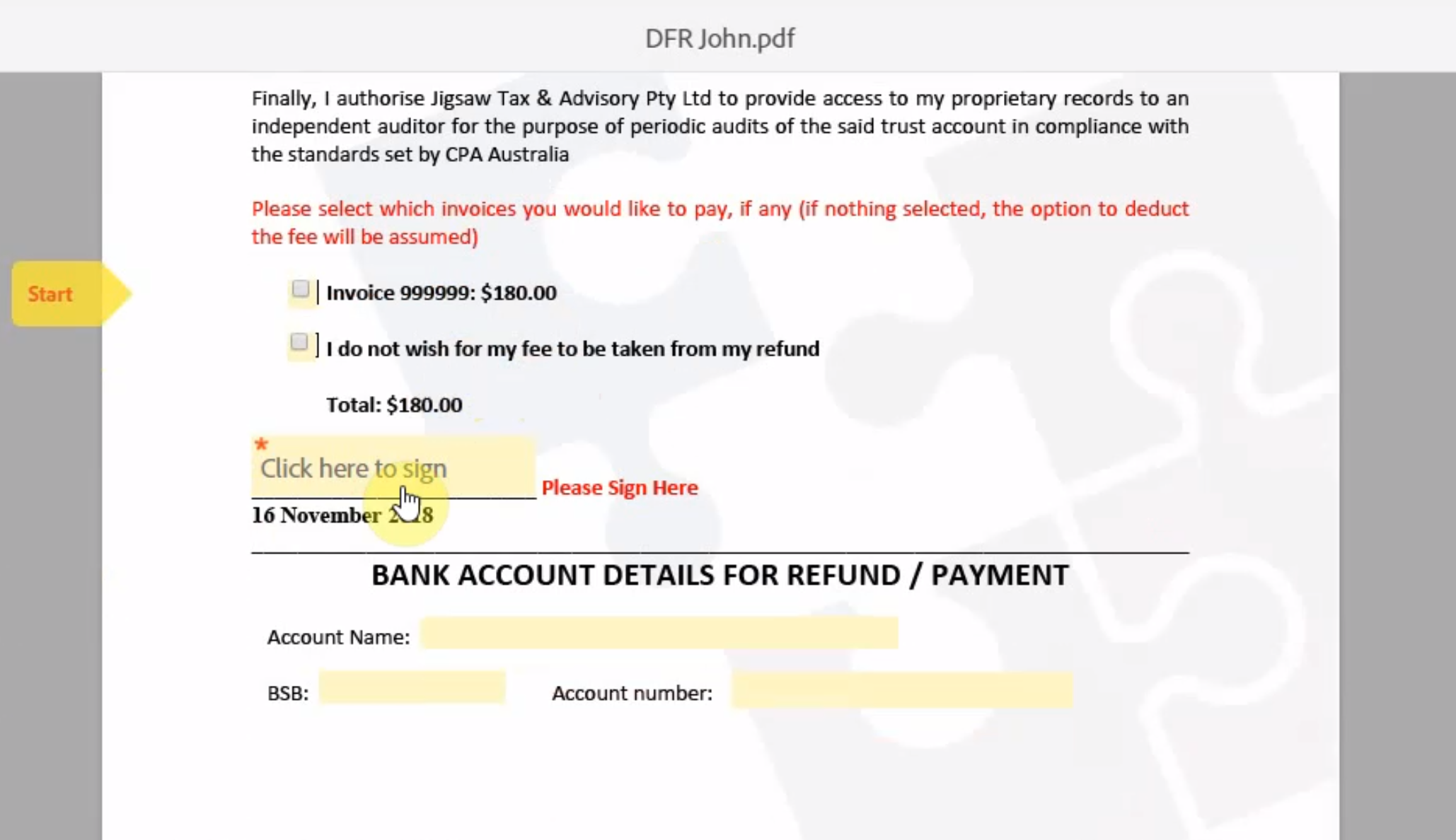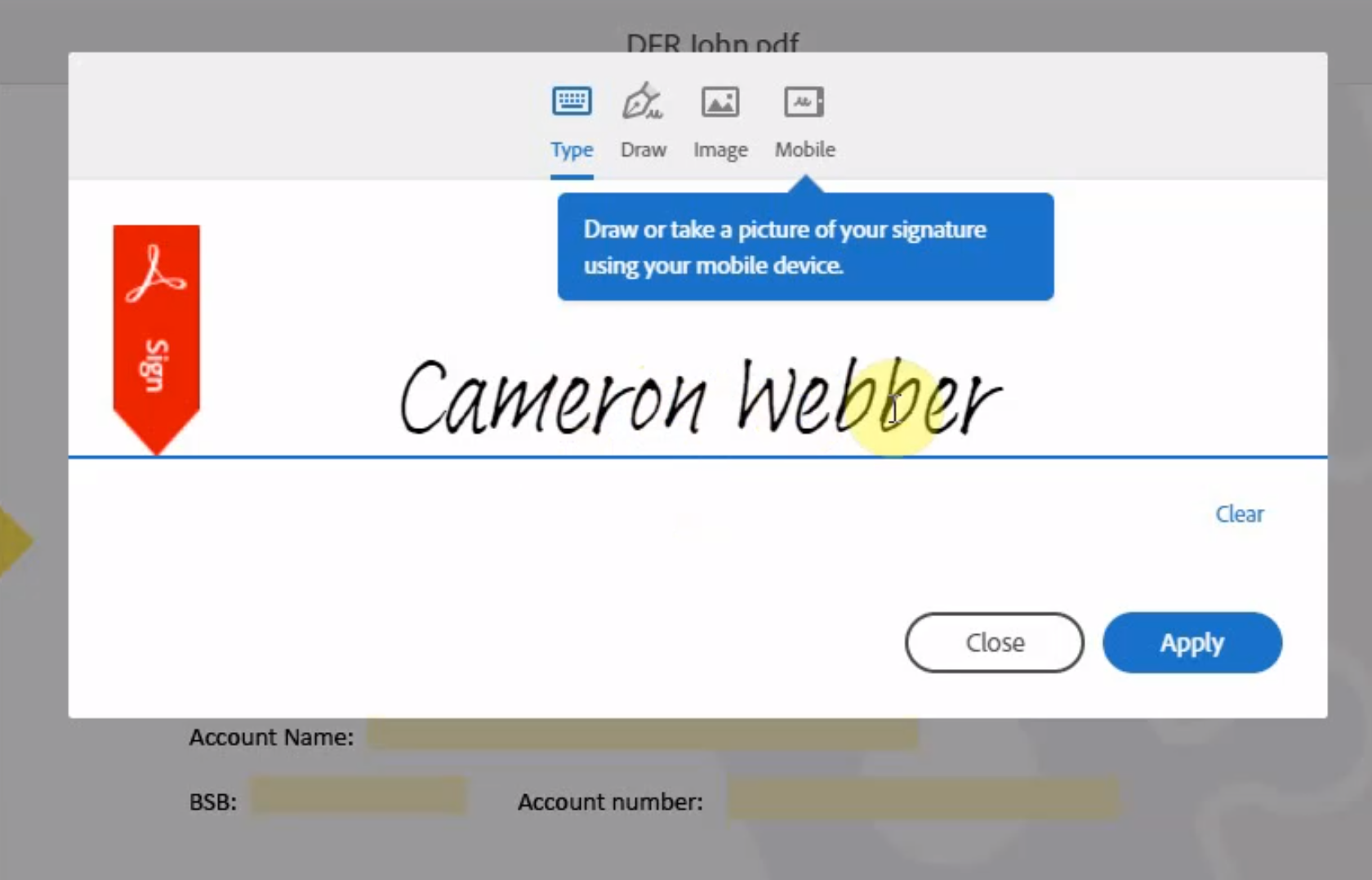Over the last few days, we’ve been busy researching all the new information that has been released, and what that means for tax professionals and their clients. We’re still receiving updates and clarification from the ATO as late as Friday night on the intricate details on how the Jobkeeper Scheme will apply from Monday. I recommend that you read our summary guide on the Jobkeeper Scheme.
This article is simply a summary of interesting topics we’ve been asked or noticed in our research. It has been prepared to the best of our current knowledge, but the advice is general in nature and should not be relied upon.
The Good – clarity and assistance for businesses
GST Turnover – cash or accrual: This important question has been clarified by a concession from the ATO – “Modification to Projected and Current GST Turnover”. In the original drafting of the legislation, the unintended consequence was that the turnover test would be based on accrual (i.e. when an invoice is raised). The issue arose where a small business had raised invoices in March or April for work completed, but due to the virus had little possibility of collecting payment from their customer: they would be disadvantaged as they would not qualify for the Jobkeeper Scheme due to ongoing invoicing.
The ATO has made the concession that where a business reports its BAS on cash basis, it can elect either cash or accruals turnover as the method for determining the required drop in turnover. Note that the same method needs to be used for both test periods.
Simple calculation: Once the technical aspects of the turnover test are determined (e.g. cash/accrual, add-backs, which period to test etc.), the actual test is generally quite simple. Calculate your actual turnover or projected turnover for March/April/May/June/July/August/September 2020; or the June or September Quarter 2020 and compare it to the to the same chosen period in 2019. If you satisfy the test in either March or April, either under cash or accruals, you are now eligible for the Jobkeeper Scheme. You can apply at any time between now and September, subject to other conditions but to claim the full benefit, you need to register before 30 April. Many clients are starting to forecast their income and will potentially notice a drop in June/July.
What if my income goes up the following month, after I’ve passed the test: The ATO and Treasury are clear on this – once you pass the test, then you remain eligible for the duration of the scheme, until 30 September. While monthly turnover reporting will be used to monitor the economy, it can be assumed that compliance activity may arise from those that did not have a bone-fide drop in income for the test period (e.g. holding off invoicing until the following month). It is very important that you prepare detailed evidence of your claim at the time of determining eligibility, and not down the track. Most accounting software packages provides audit trails, so don’t change invoice dates to qualify.
Business Boost does not impact Jobkeeper: Receiving the Business Boost does not impact eligibility or requirements for employers. The Business Boost can be used to assist funding ongoing wages, provide cash flow assistance to pay the first mandatory Jobkeeper payments, or assistance in meeting any other business expenses.
Stimulus payments will be exempt from turnover test: The ATO has confirmed that Jobkeeper Scheme payments will not be included in your turnover test. A situation could arise, where a company has only marginally qualified for the Jobkeeper Scheme for May based on projected turnover, but due to the payment of the Jobkeeper Stimulus in late May for Fortnight 3, it would not satisfy the required reduction in turnover. We have seen that Jobkeeper payments may be over 60% of total prior year revenue. Also noting that previous releases have stated that Business Boost ATO credits will be considered Non-Assessable Non-Exempt income, and by that definition would not count under the GST Turnover test. While no office advice has been issued as to whether the Apprentice 50% wage subsidy or support state-based stimulus grants will also be exempt from turnover, we are assuming similar treatment to Business Boost stimulus payments.
Business Participation: Sole traders, one partner of a partnership (if an individual), one director, one individual shareholder, or one individual beneficiary are now eligible for Jobkeeper payments. A modification is that the payment is paid to the business and does not need to be paid to the business participant. This can be used assist in cash flow to support other business activities. In situations where there is a registered working director, on PAYG/W and/or STP, and a spouse is a co-director or shareholder or beneficiary who had not drawn a wage – the working director is eligible for Jobkeeper as an employee and the spouse may be eligible as a business participant.
Payment of Jobkeeper: ATO has indicate it will start processing payments by mid-May. The ATO is required to pay claims within 14 days of receiving a claim. The first day for lodgement of a claim is 4th of May, meaning that payments will need to occur by 18th of May. The ATO has advised it will try to pay this amount before Fortnight 3 is required to be paid. This payment will be for Jobkeeper Fortnight 1 and Fortnight 2. From then on, employers will need to apply for eligible employees and receive reimbursement 14 days after lodging the Jobkeeper payment notice.
The Bad – items of concern, but can be managed
Policy on the fly: While we appreciate the hard work that has been put into the legislation and the rules, it does seem over complicated and open to interpretation. Thankfully, the ATO is listening and is regularly adding updates on their websites and making administrative changes to the law to provide a fairer outcome (e.g. the cash vs accrual test). We know further information is coming regarding business participation mentioned above.
Tight timelines: For businesses wishing to apply for the Jobkeeper from 31 March, there is minimal time to obtain advice, plan cash flow, and make necessary payments (see the Ugly below). For new businesses or businesses with lumpy income, this is exacerbated with the ATO still not providing guidance on the Commissioner’s Discretion. Businesses are having to rely on merely 2 policy examples from the EM.
Fairwork Act experts: Many of the terms surrounding the application of the Jobkeeper Scheme to casuals are contained within the Fairwork Act. The Tax Agent Board is currently considering allowing tax agents to assist clients in determining when a casual is a long-term casual and eligible for Jobkeeper. Most tax agents do not have insurance or limited liability scheme coverage on non-tax advice. Please understand that we may refer you to Fairwork or an employment solicitor for specific advice. If you have an Employsure subscription, now is the time to start talking to them and asking questions. They host regular Q&A webinars.
One-In/All-In: If you are an eligible Jobkeeper Scheme employer, you must allow all your eligible employees to enrol in the scheme. With the ambiguity mentioned above, regarding some long-term casuals, it can be stressful determining which casuals are eligible. There are also cases where some employers don’t feel it is appropriate for a casual working 3-5 hours a week to receive the full Jobkeeper, but the scheme requires ALL eligible employees to be included.
Interaction with other income support: Employees need to be mindful that if they decide to participate in the scheme, other income support may be affected. Employees on Disability Support Pensions may lose their entitlements due to reporting too much income. This will cause flow on effects such as having to be reassessed for DSP (even those with lifetime assessments) and loss of their Pensioner or Health card until the DSP is reinstated. Other issues we are seeing is reduction in Family Tax Benefit, loss of rental assistance, and effects on the aged pension for those that may work to supplement their income. As an employer you are required to offer ALL eligible employees the opportunity to enrol, but we recommend that where you think the issues above may apply, that you advise that employer to seek professional advice, speak with Centrelink or Department of Veteran Affairs, or their carer. It could be recommended that they withhold providing the nomination form until after receiving advice; and their eligibility may commence in May rather than April.
Employee entitlements: The interaction between service periods, leave entitlements, superannuation has created a headache for many employers. This is especially confusing whether it is a full stand-down, partial stand-down, a reasonable adjustment to increase hours to $1500/fortnight, or Jobkeeper acts as a supplement for employees over $1500/fortnight – and each situation affects leave accruals differently. There are complex rules when and how employees can access their annual leave entitlements under each situation. It is best to see supporting information provided by the software provider.
Workers Compensation: it is unknown whether Workers Compensation premiums will be affected by the potential increase in overall wage expenses. At time of publishing, NSW Government has not provided advice on this. It is hoped that Workers Compensation will use similar rules to Superannuation Guarantee on Jobseeker top-ups – i.e. only actual hours worked will be counted.
The Ugly – material impacts on businesses
No backpay allowed: This is a shocker and to most clients, this has been the biggest hurdle to pass. Due to the One-In/All-In rule, all eligible employees must be fully paid up by 30 April. For mum/dad style businesses, that will be fine – as a round-robin cash injection, and wage payment will suffice.
But take a café with 15 eligible casuals, some working as few as 3 hours a week, and a team of 4 fulltime staff (real example). To be eligible for the April Jobkeeper for the fulltime staff, the business must also pay the 15 eligible casuals for Fortnights 1 and 2 = $3000/employee. The small business needs to find 19 x $3000 = $57,000 and pay that through to all eligible employees by April 30th. Monthly wages were usually only $20,000-$25,000. The business owners will now have to redraw against their home equity or attempt to obtain a line of credit in under a week to make the required payments.
The inflexibility is frustrating and not reflective of the commitments made by the Government, as many small businesses cannot afford to bank roll such a large amount for nearly 6 weeks. Some lee-way would have allowed businesses to access the Business Boost, make back payments, and then be required to make the necessary payments going forward on time.
Non-long term casuals are excluded: We have had many examples where casuals have missed out by a matter of days or have had extended holidays during the last 12 months and do not meet the long-term casual requirements. Other issues are certain professional industries are casualised or hired on contracts. Examples include physiotherapists, who tend to work on casual contracts for multiple centres, and are remunerated on commission / patient number basis. The industry norm is that these employees may move every 6-12 months as work is available but usually retain their customer base. These employees have worked in the industry for many years, but those employees are excluded. Treasury has been hesitant to open up the scheme to casuals.
Business Participation through interposed entities: While the business participation test is a welcome addition, issues such as businesses operated as partnership or unit trust of disparate non-individual entities (e.g. a business operated in a unit trust held by family trusts) means that those individuals are now excluded from Jobkeeper eligibility.
Administration entities cannot pass test: A common structure feature of many businesses is an administration company which employs employees – and charges for those costs to the business/invoicing entities. Usually, the invoice between the administration company and the business entity is equal to the wages and minor costs and is primarily used for asset protection purposes. In this case, unless 30% of wages are reduced (e.g. under a stand-down) and no pre-Jobkeeper payments are made, the administration entity will not pass and employees employed in that company will not be eligible for Jobkeeper. In many cases, the main business entity may be suffering a decline in turnover, but in order to maintain wages, the invoice from the administration company to the invoicing company cannot be reduced by 30%; alternatively moving to a loan rather than invoice may be seen as a scheme by the ATO to artificially obtain Jobkeeper eligibility. Eliminating intra-group invoices would provide a better picture of the economic reality for a business. For entities above $1b turnover, the more appropriate “aggregated turnover” test is used, which does look at the economic group as a whole, eliminating internal transactions.
Employees refusing to work: We are now hearing anecdotal examples of Jobkeeper eligible employees stating they are concerned about COVID19 and refusing to work. The Fairwork Act 2009 has been modified, to allow an employer to make reasonable adjustments to staff work patterns during COVID19. The advice I have heard is that OH&S overrides all reasonable adjustments and an employer can refuse to attend work on OH&S grounds – and cannot be dismissed so therefore is eligible for the Jobkeeper payment. On the other hand, an employer is required to make the workplace as safe as reasonably possible and an employee cannot refuse. What is reasonable is different in every industry and different employees have different requirements. We advise obtaining advice from Fairwork or an employment solicitor.
Many businesses have changed work practices (e.g. rostering teams together to minimise contact points, additional distancing measures with physical barriers / Perspex barriers, additional cleaning, PPE, etc.). If the employee is still not satisfied and refuses to attend work, then the business owner may only have 2 choices if the employee is not satisfied with the amended work practices:
1) stand-down that employee (and risk other employees requesting stand-down) and continue paying $750/week, or
2) terminate employment and cease any stimulus support.
We advise seeking professional advice as each case is different. Franchises may be able to reach out to the Franchise support team. We also ask that you consider reputation risk, especially in small communities.
Harsh penalties: Businesses and tax agents have been warned that harsh penalties will apply if contrived schemes or non-compliance is identified. The ATO has been given extraordinary powers, to be able to review claims for up to 5 years (rather than the standard 2 year period of review). Agents advising on stimulus remain exposed to rapid changes in legislation, policies and rules. The additional time to review the rules for our clients is affecting other areas of a tax agent’s business. Similar extensions have been granted to Fairwork and the various State departments if claiming state stimulus grants.
The ATO is issuing and updating guides nearly every day. Advisers are expected to apply the rules correctly with no prior warning. As yet, we have not received any advice on Commissioner’s Discretion for new or lumpy income businesses, but many employees of these businesses are expecting coverage under the Jobkeeper Scheme. The difficulty for advisers is that most of these decisions need to be finalised and implemented by 30th of April. We ask for your continued patience and support, to understand that the industry is under a lot of pressure to complete reviews, advise employers and employees, and lodge the necessary documentation with the ATO. Please review the previous article and follow the procedure if you wish assistance.


